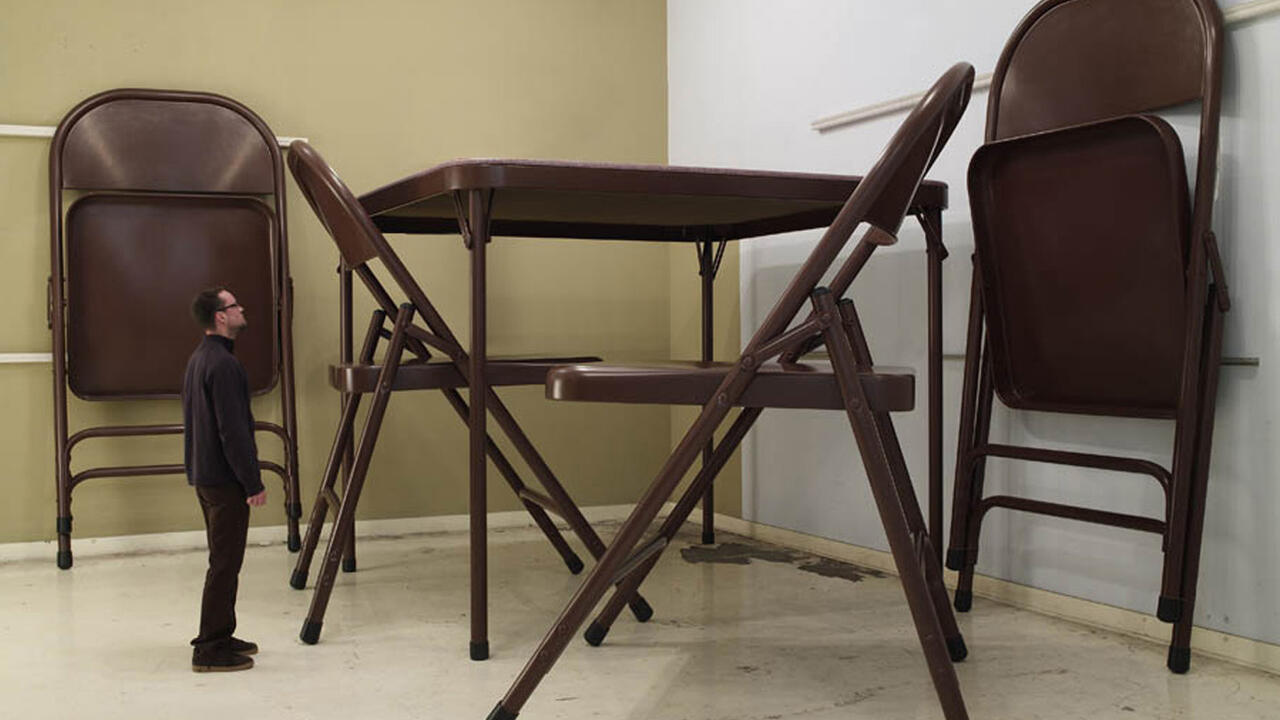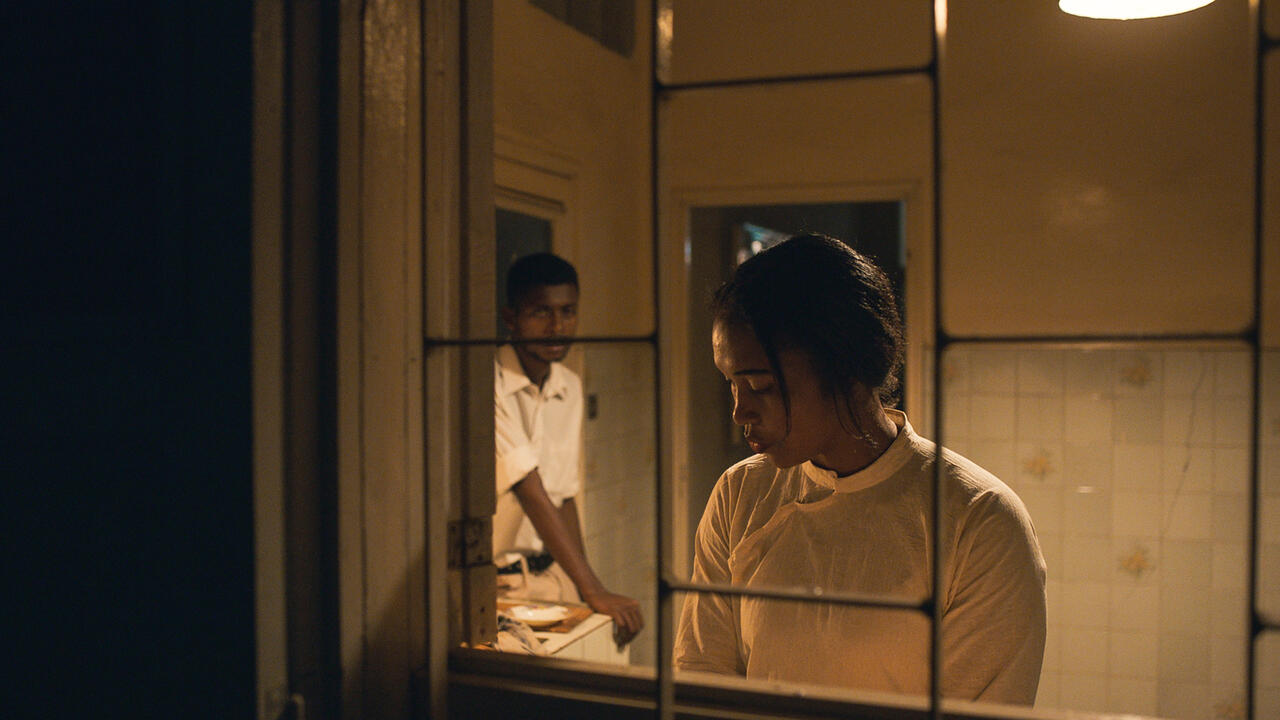How Museum Unions Can Fight Back in the Wake of Marciano Shutdown
Five months after its abrupt closure, the LA museum shows no sign of reopening. Where does that leave the growing movement of art worker unionization?
Five months after its abrupt closure, the LA museum shows no sign of reopening. Where does that leave the growing movement of art worker unionization?

On 1 November 2019, a group of 70 visitor services associates, floor leads and docents at the Marciano Art Foundation (MAF) in Los Angeles announced their intention to unionize with District Council 36 of the American Federation of State, County and Municipal Employees. According to members of the group, their concerns centred around low pay – many employees had been hired at US$13.50 an hour and were only bumped up to US$14.25 to comply with a Los Angeles County minimum wage increase in July – as well as a lack of workplace protections and scheduling issues that frequently reduced employees’ hours at extremely short notice. Eli Petzold, an associate and organizer who read the initial statement about plans to unionize to the director of visitor services, told me: ‘I really loved the job but […] couldn’t shake the feeling that it was more valuable and more work than management was willing to acknowledge – financially and otherwise.’
Since its opening in 2017, MAF had been run by Maurice Marciano, who co-founded the Guess clothing company with his brothers Georges, Armand and Paul in 1981. MAF employees, many of whom are artists, were sensitive to the intangible benefits of their work – discussing the art on view with visitors from a variety of backgrounds, helping to democratize a contemporary art space – and the ways they felt Marciano devalued it. Forming a union seemed like the only way to address these issues sustainably. As Spencer Longo, another organizer and floor lead, who started working at MAF in September 2018, noted: ‘This is kind of the danger of hiring people who have been educated in institutional critique.’
As a New Museum employee and one of the organizers of the union there – we affiliated with United Auto Workers Local 2110 in January 2019 and won our first contract nine months later – I had been in touch with MAF union organizers early on in their process. Longo told me they were ‘expecting an aggressive response from the Marcianos but assumed they would keep it legal’. Instead, on 5 November 2019, all 70 employees in the proposed unit were summarily laid off by email. The following day, the foundation closed to the public indefinitely.
Shutting down a workplace in order to prevent workers from unionizing is illegal under the National Labor Relations Act of 1935. Despite the museum’s claims that the closure was prompted by low attendance, a recent talk by artist Donna Huanca was oversold, and employees noted an influx of visitors to the galleries. Preparations for a show scheduled to open this February further suggest that the foundation had no prior plan to shut its doors. Organizers were also aware of the Marciano brothers’ abhorrent history of dealing with organized labour. According to a PBS inquiry from 2007, in the 1980s and ’90s Guess ‘was a notorious labour-rights violator in the US, with an estimated 80 sweatshops in Los Angeles’, where working-class immigrant women toiled for up to 12 hours a day at less than the minimum wage. While workers ‘sewed “sweatshop free” labels into [Guess] jeans’, the company faced a citation from the US Department of Labor in 1992 for abusive labour practices.
Guess workers began organizing with the garment union UNITE in the 1990s to address low wages, a lack of workplace protections and a retaliatory atmosphere – some of the same issues that prompted MAF workers to unionize. Hilda Aracely Castaneda, who worked in a Guess warehouse for US$5.40 an hour and supported the UNITE campaign, told the Los Angeles Times in 1997 that Paul Marciano illegally threatened to close the warehouses or move production abroad if employees continued to pursue unionization: ‘He said that, before accepting a union, he would rather die.’ The company fired the workers behind the unionization campaign – all of whom they were later forced to rehire – and ultimately outsourced its manufacturing to Mexico.

MAF union organizers had considered the possibility that they might all get fired, but felt it was unlikely given both their legal protections and the fact that the museum ‘literally couldn’t function without us’, as docent and organizer Izzy Johnson told me. Longo reflected: ‘We were banking on the idea that they can’t just close the place down and move it to another country like they did with their garment factories. It turns out that old habits die hard.’
What actually makes a union a fate worse than death for people like the Marcianos? Money is part of it, of course: unionized workplaces overall have higher salaries and better benefits than non-unionized ones. But, as writer William Poundstone calculated in a blog post from November 2019, unionization at MAF would have cost roughly US$200,000 a year; if sold, the version of Takashi Murakami’s 3m Girl (2011) held in the collection would alone cover 25 years of union wages. Similarly, the New Museum Union’s first contract will cost the museum around US$150,000 in its first year – less than a quarter of what has been spent on legal fees since we filed our petition. Money clearly isn’t the whole picture. Museums increasingly operate on a neoliberal model, overseen by directors and trustees whose backgrounds in business precondition them to prioritizing growth over the wellbeing of staff. (MAF has no board, only Paul and Maurice.) In a field purportedly concerned with investigating and reshaping systems of power, why are the people at the top so desperate to hang on to it?
All of the organizers I spoke with expressed disappointment in the art world’s response to the layoffs. The Marcianos’ collection features work by politically engaged artists like Ai Weiwei and Catherine Opie. The latter claimed in a November 2019 interview with Art Agency, Partners that she has ‘always been dedicated to the idea of collective wellbeing’. Yet, as of this writing, neither Opie nor Ai has responded to organizers or made a public statement in support of the union. Sadie Barnette and Frances Stark have made public statements in support of the workers at MAF, for which the organizers are deeply grateful – but they are two artists from a collection of works by more than 200.
Olivia Marciano, artistic director of MAF and daughter of Maurice, has also remained silent about the layoffs. On 15 November, several union organizers showed up at the non-profit LAXART, where she serves as a board member, to discuss their situation with director Hamza Walker and ask him to urge Marciano to reopen MAF or have her removed from the board. Johnson told me that Walker ‘was very sympathetic. He said he admired us but that he wasn’t sure what he could do.’ Olivia remains on the board of LAXART; sympathy is just solidarity without stakes. As the National Labor Relations Board takes up the workers’ charge of unfair labour practices, a notoriously slow process, union members are thinking about the code of ethics that governs the art world. Petzold wonders: ‘If the Los Angeles art community is a community, is this sort of behaviour acceptable? Does it uplift and protect the community?’
The short answer, of course, is no. The more complicated question is how contemporary art can reconcile its ostensible ethics with the anti-worker practices of some of its donors and directors. ‘My family decided to give back to the community,’ Olivia Marciano told Angeleno in 2017. But, what happens when such institutions fail repeatedly to enact the progressivism they proclaim? The performative hand-wringing that informs so many of the responses (and non-responses) to MAF’s closure point to the art world’s perpetual state of exception: the politics of art can only be conceived as something that happens representationally, in what the work ‘does’, or else as something that occurs outside it, in the ‘real’ world. In this framework, institutions are vessels for conversations about injustices happening elsewhere. Nonetheless, real solidarity does exist in the art world, and in this story. Reflecting on the way MAF workers have consistently shown up for each other following the layoffs, Petzold told me: ‘We’re in this weird liminal space where we’re not in a union, we’re not employees, we’re just individuals and friends who are coming together on our own dime because what was done to us was so incredibly wrong. I don’t think the Marcianos expected that.’
This article first appeared in frieze issue 209 with the headline ‘State Of The Union’.





















